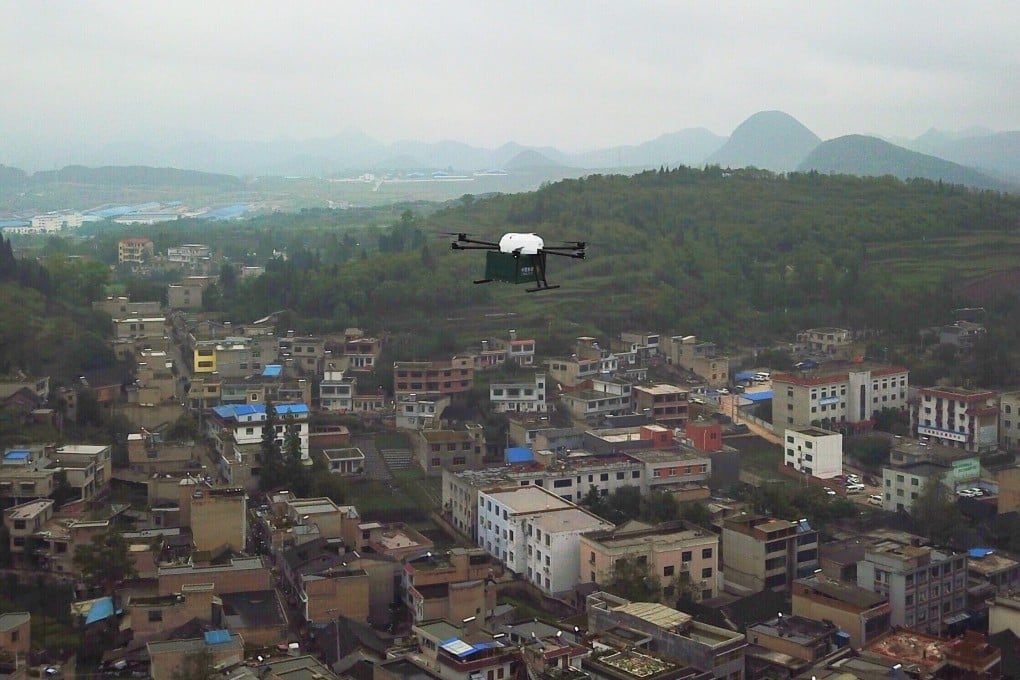Hong Kong-listed logistics firm ESR Cayman to launch world’s first cargo drone facility in Japan
- At least 24 drones capable of delivering 14 tonnes of cargo on a daily basis will be operational at launch, co-CEO says
- Move is ‘truly groundbreaking’, says co-founder of partner firm VRCO

Hong Kong-listed ESR Cayman, Asia’s largest logistics real-estate company, has begun construction on a distribution centre in Japan that is expected to be the world’s first cargo drone logistics facility.
The ESR Higashi Ogishima DC-Phase 1, located near Tokyo, will come equipped with a fleet of at least 24 drones that will deliver cargo to distribution nodes across the region. The US$1 billion facility will be nine stories high and cover 365,000 square metres, making it one of Japan’s largest distribution centres.
By the project’s completion in March 2023, it will be capable of delivering about 14 tonnes of cargo on a daily basis, said Stuart Gibson, ESR’s co-founder and co-chief executive.
“There’s a lot of functionality that you’ll get with these drones that you don’t currently have,” he said. “But a lot of things have to happen to get there.”

01:19
Meal delivery drone trials begin in Shanghai
The flagship project, a collaboration between ESR’s Future Solutions Group and UK-based aerial technology firm VRCO, will serve as a proof-of-concept before it is rolled out across the rest of the company’s facilities in Asia.